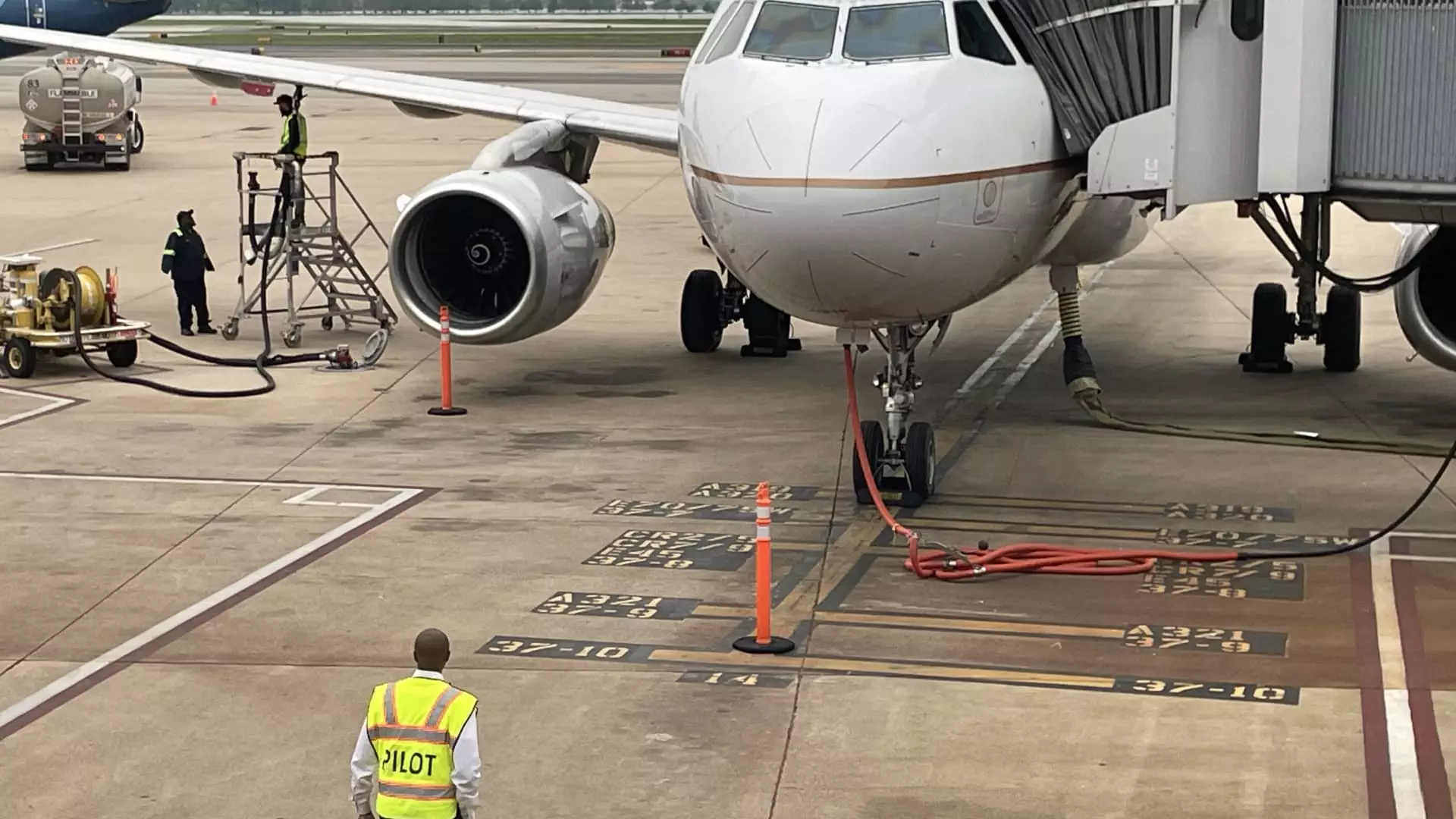The U.S. passenger airline industry has undergone significant transformation since 2021, marked by a remarkable surge in employment. In the wake of the pandemic, airlines welcomed nearly 194,000 new employees, a move indicative of their fierce desire to rebound from the severe downturn caused by COVID-19. According to the U.S. Department of Transportation, this hiring spree was a necessity as airlines struggled to meet the surging post-pandemic travel demand. However, the enthusiasm for hiring that once characterized the industry is now tempered with caution and strategic reassessment.
As we navigate into 2023, the rapid hiring pace is showing signs of slowing down. Airlines are inching closer to fulfilling their staffing needs, yet a range of complicating factors is giving them pause. The airline industry finds itself grappling with a paradox; while it once dealt with workforce shortages, it now faces a multitude of operational challenges inhibiting its ability to grow.
Key among these challenges is an oversaturation of flights in the U.S. market, which has led to a decline in average ticket prices. Profits that soared during the demand recovery are increasingly constrained, prompting airlines to reassess their future trajectories. Additionally, supply chain constraints from aircraft manufacturers like Boeing and Airbus have delayed the arrival of new planes, forcing airlines to rethink expansion plans.
Inflationary trends persist across the aviation sector, with labor costs reaching unprecedented heights. Newly negotiated contracts with pilots and maintenance personnel have resulted in significant salary raises—the average pay for a U.S. airline first officer has risen from $135,896 in 2019 to $170,586 in March 2023. This translates to substantial financial outlays for airlines, which have found their operational costs increasing by double-digit percentages as they emerge from the pandemic-induced slump.
Particularly concerning for budget carriers are their soaring expenses: Southwest Airlines’ operational costs are projected to rise by 32%, while JetBlue and Spirit Airlines are experiencing increases of nearly 35% and 39%, respectively. These heightened costs have exacerbated financial pressures, forcing carriers to reconsider hiring strategies and operational effectiveness.
A recent jobs report indicated steady employment statistics in the air transportation sector, yet the landscape is shifting. Some airlines, such as Spirit Airlines, have had to make disheartening decisions like furloughing nearly 200 pilots to mitigate escalating losses. Concurrently, other carriers are implementing hiring freezes and exploring voluntary leave options as a means of aligning workforce levels with fluctuating demand patterns.
Frontier Airlines, while still hiring pilots, is proactively managing its workforce through voluntary leaves during historically low-demand periods after summer travel winds down. In contrast, Southwest Airlines has publicly stated it anticipates a reduction of 2,000 employees by year-end, a significant shift for an industry once desperate for staff. This aligns with United Airlines, which has drastically lowered its pilot hiring projections from over 2,300 last year to 1,600 for 2023.
Despite the current economic headwinds, the looming specter of a pilot shortage persists. U.S. airlines are usually dynamic in their recruitment, especially as federal law mandates retirement at age 65. In past years, the airline industry had to lay off tens of thousands of employees to manage financial viability during the pandemic. Although significant federal aid helped prevent layoffs, many opted for voluntary buyout packages, leaving airlines scrambling to catch up as travel demand surged unexpectedly post-2021.
However, the reduced hiring rates signify a shift in focus rather than a complete halt. Companies are recalibrating their strategies, which previously included enticing bonuses for pilots. American Airlines’ CEO Robert Isom emphasized that hiring would continue, albeit at a more measured pace, reflecting a longer-term outlook that balances operational needs with upcoming challenges.
As the U.S. airline industry stands at a crossroads, it must reconcile the post-pandemic demand for air travel with a myriad of ongoing challenges. Rising costs, labor dynamics, and market shifts are reshaping the hiring landscape, necessitating strategic foresight and adaptability. Although hiring has moderated, the industry’s resilience in navigating these evolving dynamics will ultimately determine its path forward into a post-pandemic future. The question remains: can airlines leverage their newfound experiences to emerge stronger in a competitive market? Ultimately, the answer lies in their ability to balance labor costs, maintain operational efficiency, and align their workforce with an ever-fluctuating demand environment.


Leave a Reply